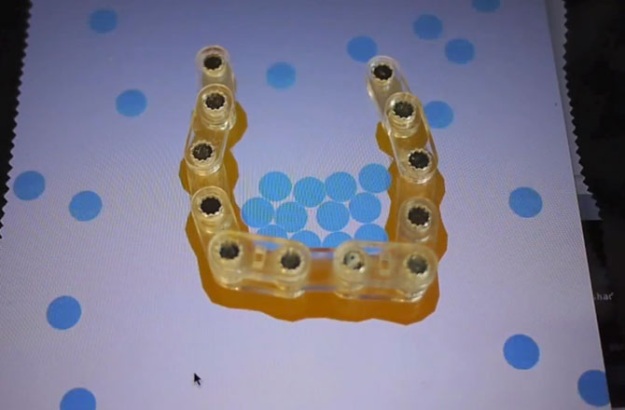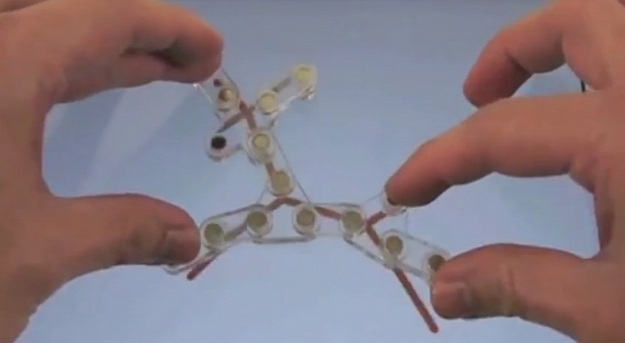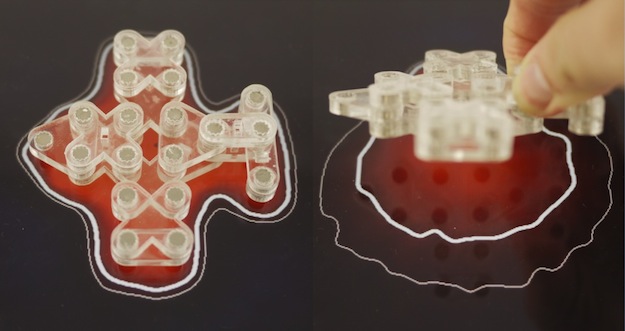Touchscreen technologies have grown in leaps and bounds in recent years. After all, it wasn’t too long ago when the idea of using two fingers on a touchscreen was impossible. Nowadays, we can pinch-and-zoom, drop-and-drag, swipe, select, copy-and-paste, with multiple fingers . . . and not a single second thought.

Despite this tremendous progress, the technology is still limited when it comes to design, with many agreeing that it’s still way far off from reaching its potential.
A recent development by researchers at National Taiwan University and Academia Sinica may have put us on the path to overcoming this hurdle. They’ve created a technology called “GaussBricks”, named after Friedrich Gauss, the German scientist who named the unit of measurement for magnetic flux. In layman’s terms, their solution allows designers to create real analogs for virtual objects or, if it’s necessary, animate their designs in real time.


GaussBricks works by attaching a grid of sensors to the back of a tablet. These sensors track the magnetic field around each one of the jointed “bricks” you see above as it touches or approaches the touchscreen device. The app running the program features an algorithm that then recreates and displays these bricks in digital form.


In an interview with “New Scientist”, the GaussBricks creators explain that with the sudden proliferation of everything having touchscreen control, we’ve completely forgotten the satisfaction associated with tactile feedback. “We live in a physical world where we grasp physical things,” said developer Rong-Hao Liang, who went on to suggest that the GaussBricks might serve a variety of educational or therapeutic purposes.
Liang added that he hopes others will come up with creative uses for GaussBricks, saying said that the technology will be open source. “We hope that other engineers and designers will come up with new uses for the technology to bring it beyond the lab and make a real impact.”
GaussBricks will be on display at the CHI 2014 in Toronto. To learn more about the technology, check out the group’s video below:
Story via psfk.com
Advertisement
Learn more about Electronic Products Magazine





